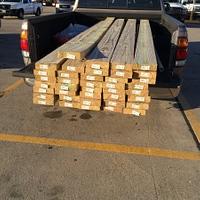
TonyCan
in about 11 years
Help
I still suck at telling what type of wood is. This was given to me and so i don’t know what kind of wood it is.
First is this:
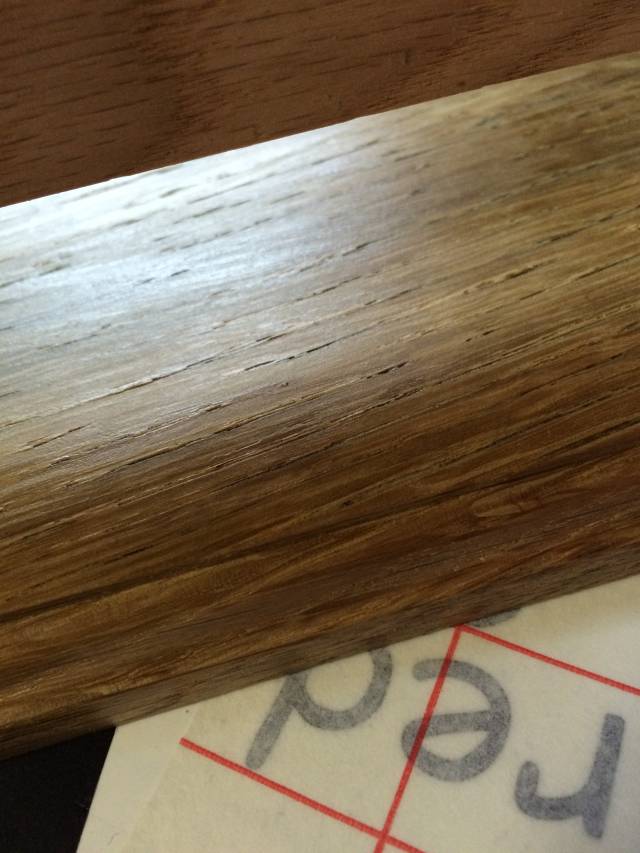
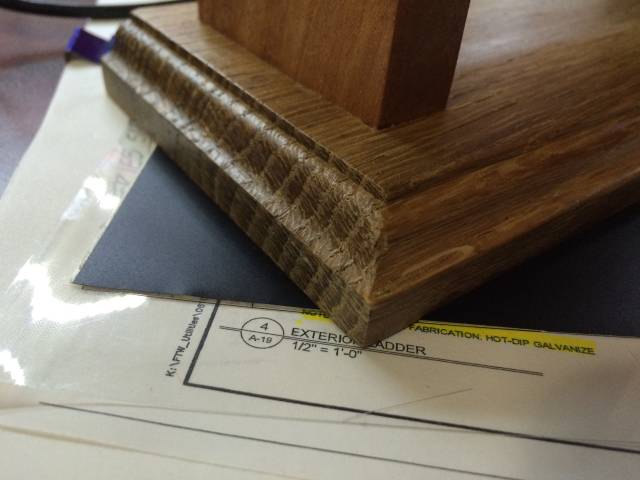
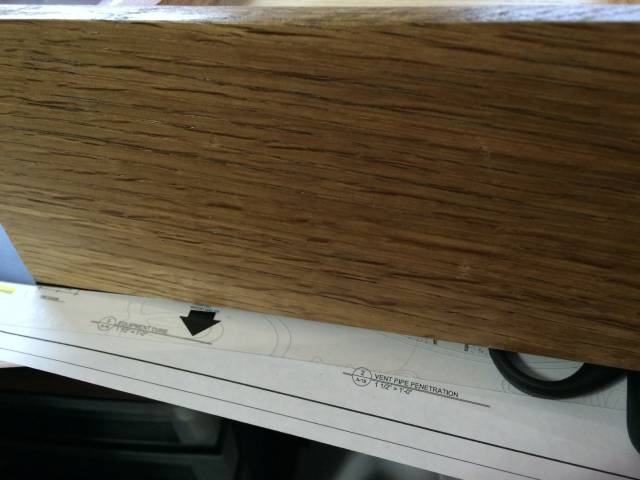
Second is this, has a slight burgandy tone to it:

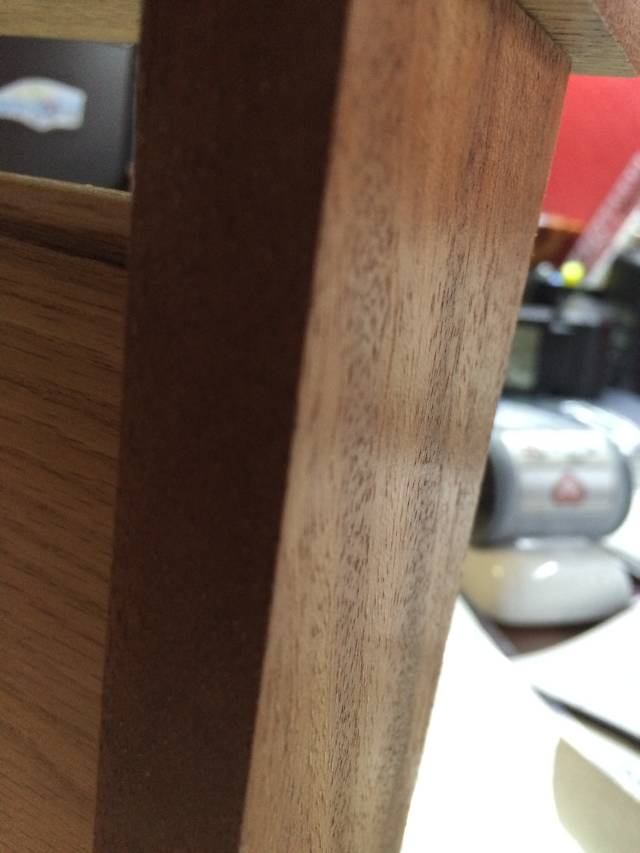
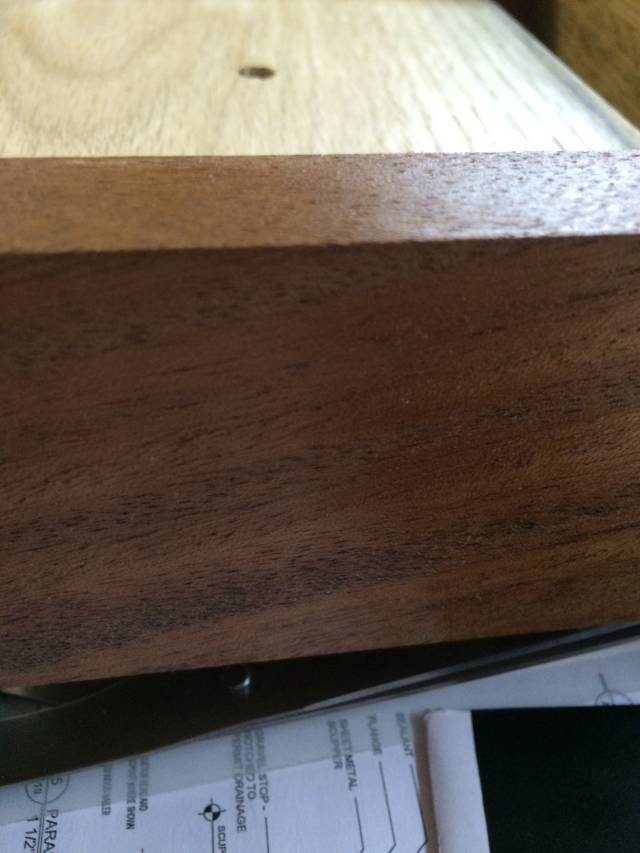
And last is this, recovered from a pallet:
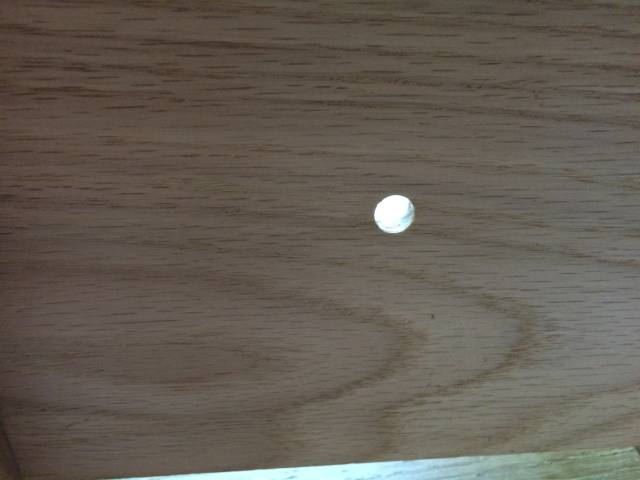
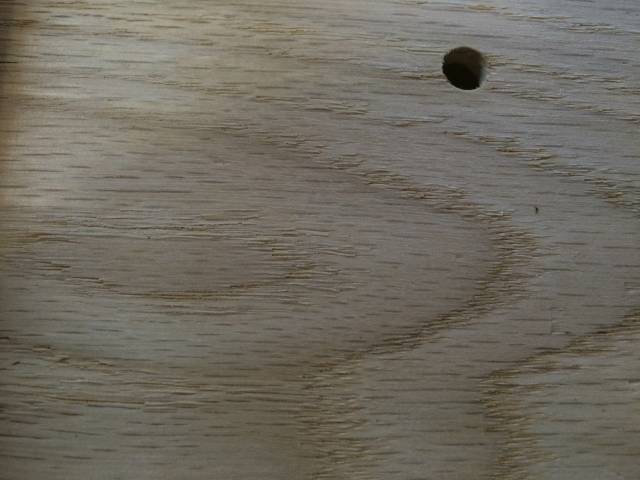
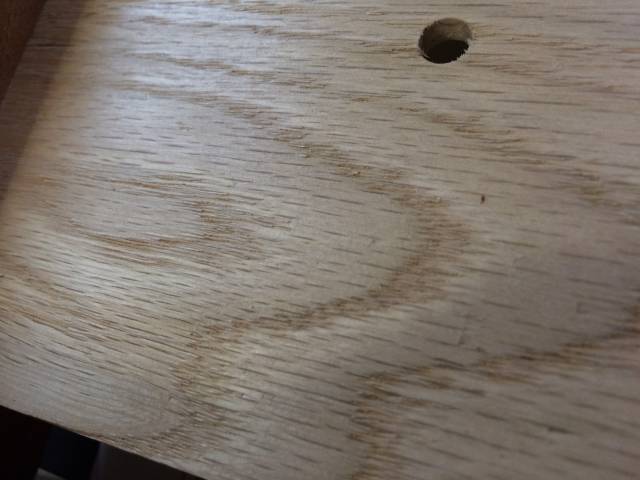
The issue i am having is i sanded everything before assembly, then i assembled, brushed on a polycrylic coat and seems like the fibers of the wood are poofy, like i had not sanded it, it is not smooth any more, i know i have to fine sand it, but if i sand it to make it smooth again i will remove the finish. If i coat it again will i get the same results.
Im new at these nicer wood projects, i am used to latex paint, but i want to get into the more natural wood tones.
Thanks!
10 Replies
Here is one more pic of the woods.
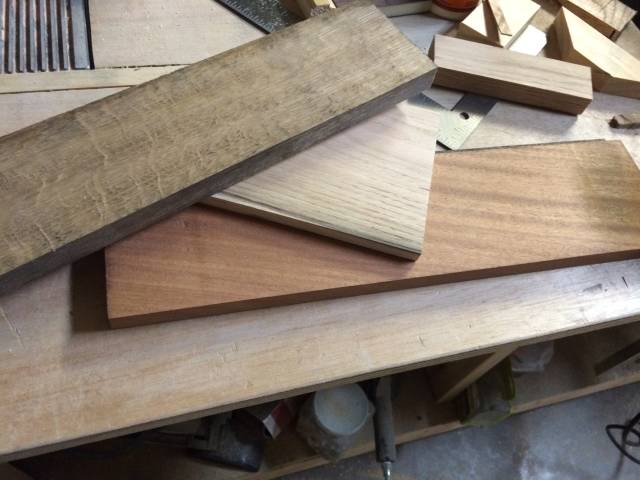
looks like ebony could be some black walnut
jim
You have white oak and mahogany.
The light coloured is Oak. The bottom could be mahogany. The top is possibly beech.
CHRIS, Charlottetown PEI Canada. Anytime you can repurpose, reuse, or recycle, everyone wins!
Whenever I sand prior to stain, I will wet the wood after the last grit I used and after it dries I go back over it again with the same grit. The water will raise little hairs on the wood. Sanding these back down will ensure they will not pop up again when you apply stain. This has always worked for me.
After you stain it lightly sand it by hand with 220 then tack cloth it off and then apply a seal coat. Or some call it sandable sealer. Then lighly sand that with 320. Then finish it. The seal coat will fill in your lower grain an give you a much better finish after you build up your finish coats.
Jeff Vandenberg aka "Woodsconsin"
All good answers, one other thing I have found, on some pallet wood, its just way to " new" and not completely kiln dried,
Some of the countries some of this comes
From probably Dont do much drying at all. I recently resawed a nice piece of maple, basically a 2x 4, and found it to be
Wet inside. Time to put it away until next
Year.
Steve Tow
good answer jeff I have done the same thing it works great
jim
I agree if you’re working with wet wood it’s going to want to raise the grain when you apply a finish. It also makes a difference what type of finish your using ,water borne or oil base as to what the best approach is. A sealer may or may not be necessary. I would try it on a sample board first and see what works best. Many times after you raise the grain all you need is a light scuff with 180-220 wipe down with a tack cloth and you’re ready to go.
woodworking classes, custom furniture maker
true
jim













